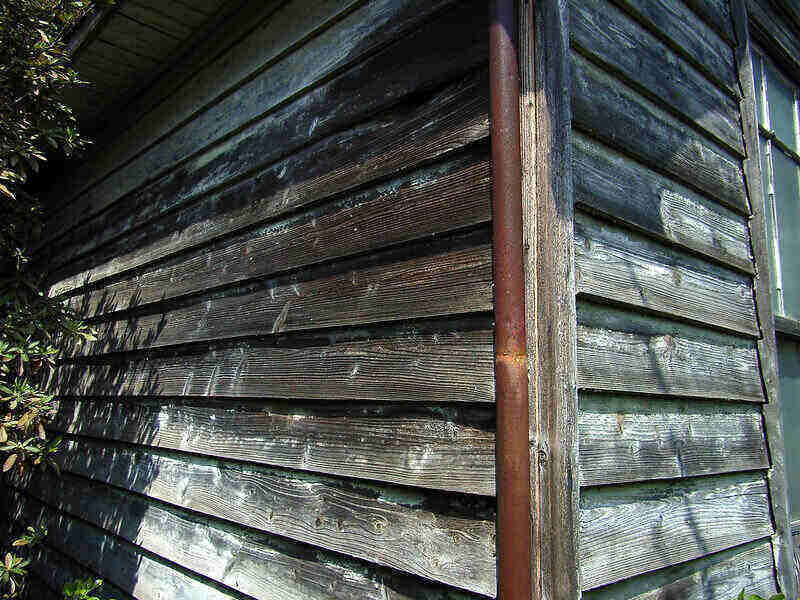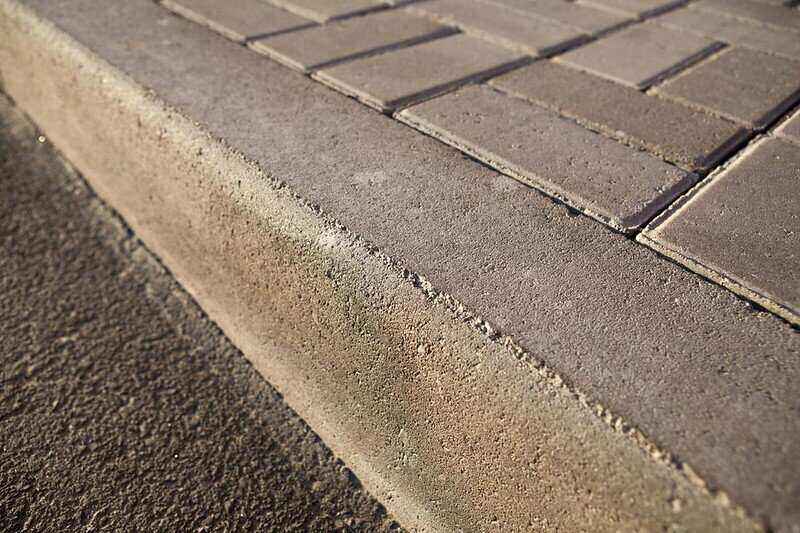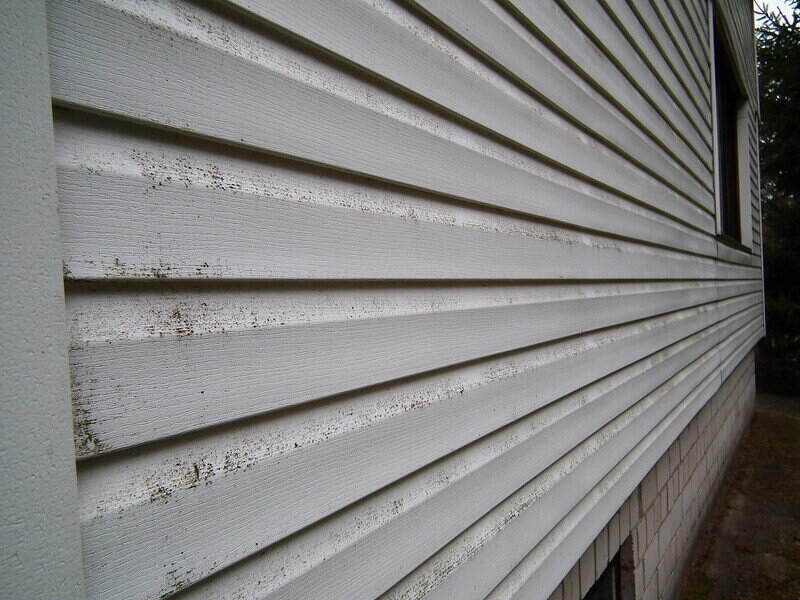Though water is one of the natural resources found on Earth, by the time it comes into your home, you have to pay for it. An average U.S. family of four pays $73 for water in a month, based on each person using the national average of 100 gallons per day.
This number goes up or down depending on usage, with families that use 50% more water than average spending about $115 a month and families that use 50% less water than average spending about $37 a month.
If you use a lot of water on your grass, have a pool, or have more than four people living in your home, your monthly bill will likely be quite higher than the average.
In This Article:
- Average Costs
- Cost by Location
- Other Factors That Affect Cost
- Related Services
- Average Cost of a Sewer Bill
- How to Save Water
- When to Call a Professional
- FAQ
Average Water Bill Costs Per Month in 2025
| National Average Cost | $73 |
| Typical Price Range | $37-$105 |
| Extreme Low-End Cost | $20 |
| Extreme High-End Cost | $115 |
These average costs come from the average usage per month for a family of four in the U.S.
Cost by Location
Water rates vary, sometimes widely, according to where you live. Costs range from $20 per month in North Carolina up to $105 per month in West Virginia.
| Average monthly water prices in the U.S. by state | |
|---|---|
| West Virginia | $105 |
| Oregon | $88 |
| Alaska | $87 |
| Washington | $78 |
| California | $76 |
| Wyoming | $74 |
| New Jersey | $71 |
| Hawaii | $64 |
| Arizona | $53 |
| Nevada | $50 |
| Maryland | $50 |
| Idaho | $49 |
| Delaware | $48 |
| Texas | $45 |
| North Dakota | $42 |
| Missouri | $42 |
| Utah | $41 |
| Colorado | $41 |
| Connecticut | $41 |
| Montana | $41 |
| Oklahoma | $39 |
| Virginia | $36 |
| Tennessee | $36 |
| Mississippi | $35 |
| Louisiana | $34 |
| Florida | $34 |
| New Mexico | $33 |
| Iowa | $33 |
| Rhode Island | $33 |
| Massachusetts | $33 |
| Nebraska | $32 |
| Kentucky | $31 |
| South Carolina | $31 |
| Pennsylvania | $31 |
| Kansas | $31 |
| Indiana | $31 |
| New York | $30 |
| Minnesota | $30 |
| Michigan | $29 |
| New Hampshire | $28 |
| Georgia | $28 |
| Ohio | $28 |
| Illinois | $26 |
| South Dakota | $26 |
| Alabama | $24 |
| Arkansas | $24 |
| Maine | $22 |
| Vermont | $21 |
| Wisconsin | $21 |
| North Carolina | $20 |
Source: Statista.com
Other Factors That Affect Cost
Water Usage
The amount of water you use is the other major factor, besides location, that affects the average water bill. Using 50 fewer gallons per day can make a big difference in your monthly water bill. See below for the cost of the average monthly water bill for a family of 4, based on whether they use 50, 100, or 150 gallons of water.
Where Does Your Water Go?
So, where do those 100 gallons per day go? The toilet and shower are the major drains on your water use, with faucets and clothes washers coming up right behind. Leaks may take a surprising 12% of your water usage, which is up to half of your average toilet water use.
Related Services
A Sprinkler System
To gain more control on when and how your lawn is watered, you might want to install a sprinkler system. Homeowners pay an average of about $0.60 per square foot to have an underground sprinkler system installed, which for the average-sized yard comes out to $3,150.
Xeriscaping
One method of improving water consumption calls for the use of xeriscaping. This landscaping approach can reduce irrigation needs by 50%. The typical xeriscape costs from $10,000 to $19,000, with a nationwide average of $17,000, though costs are much less if you DIY. Design is $200 per hour, and installation costs $50 to $100 per hour.
Tankless Water Heaters
There are a number of reasons why people have been switching to tankless water heaters, especially since the 1990s. An important one is that they result in the use of less water, which saves money. Installing a tankless water heater costs an average of $2,360, with most homeowners paying between $1,125 to $3,620.
Synthetic Grass
Another way to use less water is to install artificial grass. Artificial turf installation costs $12.33 per square foot, usually ranging between $5.50 to $18.75 per square foot. Expect to pay between $3,104 to $7,245 for artificial turf installation in a 500-square-foot area, with most homeowners paying $6,165.
The Additional Cost of a Sewer Bill
In addition to a water bill, the average American home will also have among their utility bills a sewer bill. A difference is that the water bill covers the cost of water coming into the house, with the sewer bill covering the cost of the water that is sent out, usually down drains.
Monthly sewer bills among large metro areas averaged $54.53 in 2022 (sewer alone, not combined with water). However, costs range widely based on your location. Monthly sewer costs range from a high of $135.57 in Seattle down to $14.04 in Memphis.
The national average for the combined water service and sewer service bills grew from $39 in 2001 to $100 in 2018, according to Statista, a company that compiles consumer data. The number is based on a household using 7,500 gallons in a month, or 250 gallons per day.
When the numbers are adjusted to the LawnStarter model of a family of four each using 100 gallons a day, the costs for combined water and sewer are:
- 2001: $62
- 2009: $94
- 2018: $160
How to Save Water Every Way You Can
Things you can do to reduce your water usage and save money on your monthly water bill:
- Turn off the water when you brush your teeth. Letting the water run while you brush your teeth lets 8 gallons flow unused down the drain, about 2,920 gallons per year. For a family of four, that’s 11,680 gallons. When you use an average cost per gallon of $0.00295, that’s $34.46 down the drain.
- Shower without lingering. A shower usually lasts eight minutes on average, according to the EPA. Federal regulations call for shower heads to allow 2.5 gallons per minute. But dermatologists say it is better for the skin to take shorter showers, perhaps five minutes or less. Anyone who takes 10 minutes or more might instead take a bath.
A pro’s tip: Low-flow showerheads are so unpopular that they are routinely (and sometimes surreptitiously) adjusted to a stronger flow, which means they put out 5 gallons or more per minute. You might be using more water than you think.
- Run the dishwasher. Washing dishes by hand uses 2.2 gallons per minute*, and an average time is 15 minutes, or 33 gallons. But a dishwasher uses 6-10 gallons (with an Energy Star dishwasher using only 3.1-3.5, a water savings of up to 65%).
*Faucets installed in homes from 1998 or later have a max flow rate of 2.2 gallons per minute at 60 psi.
- Fix any faucets (or sprinklers) that leak. For three faucets, a leak of one drop of water a minute will cost you 4,320 drops per day for 104.1 gallons per year. An irrigation system with a dime-sized crack can waste around 6,300 gallons of water each month.
A pro’s tip: Most faucet leaks need only a new seal, which is a simple DIY job for homeowners. Similarly, many sprinkler system repairs are relatively affordable, costing around $240 to correct.
- Aerate your faucets. A recent trend for faucets is to add an aerator, an attachment that pushes air into the stream of water, allowing the faucet to operate more efficiently. They cost as little as $4 apiece, and can be put on as a DIY job. Renters won’t notice. It works no matter the number of people who use them.
- Review your lawn watering. About 30 percent of the water used in a home goes to the yard, and half of that is too much, according to the WaterSense program of the EPA. Instead of programming sprinklers to run every day, residential customers might try every other day, or less.
Water the lawn early in the morning or in the evening when heat won’t create evaporation. Some 50 percent of the water used outdoors is lost due to wind, evaporation, and runoff.
A pro’s tip: Native plants and grasses became native over the centuries because they do well in the conditions in that area, conditions including the ability to adapt to the amount of water there. By installing native grasses in your lawn, you may well need less watering.
When to Call a Professional
Adjusting a faucet or showerhead to use water more efficiently can be done as a do-it-yourself project. However, if you are going to do things you think are outside your abilities, or your comfort zone, you can contact a local plumbing company.
LawnStarter surveys have found that a plumber is likely to cost $45-150 an hour.
FAQs
From 1950 through 1980, as the population increased from 150 million to 230 million, water use increased from 180 billion gallons per day to 430, the U.S. Geological Survey (USGS) found. However, in a change that can be attributed to increased awareness, from 1980 through 2015, while the population increased to 325 million, water consumption declined to 320 billion gallons per day.
The western U.S. has been going through drought conditions since 2020 that should last for 10 years, according to a study. It is the region’s longest stretch of dry conditions since the year 800, a period in which there have been 40 droughts, four of them especially severe. Fortunately, the most recent severe drought occurred a long time ago, in the years 1575 to 1593.
The availability of water is a concern, according to the U.S. Government Accountability Office (GAO). Shortages are expected in 40 states during the 2020s, according to forecasts by the water managers of those states.
The GAO found that efforts have started on both the federal and state levels to address water issues.
A Call to Action
It is easy to take water for granted; the median household in America uses just 2% of its income on its water bills. But minimum wage earners are already losing 10% of their income to the water bill as the price continues to go up.
With that in mind, when it comes to your water bill, you should take action. Review your usage. Make repairs. If appropriate, invest in your home. Even if you decide to continue as you are, you will have acted on what could become a need.
Note: LawnStarter may get a referral fee for matching you with contractors in your area.
Additional sources:
EPA Water Efficiency Management Guide
Main Image Credit: Richard Villalonundefined defined / Canva Pro / License




